In 1923, in an essay called “Daedalus or science and the future“, John Burdon Sanderson Haldane, an Indian-British physiologist and geneticist, speculated on an idea he called Ectogenesis.
Ectogenesis means “ectopic pregnancy“. Haldane predicts that creatures including humans in a future world will no longer need to become pregnant. Instead, they will create systems, machines, artificial wombs for fertilizing eggs, raising embryos until they are born.
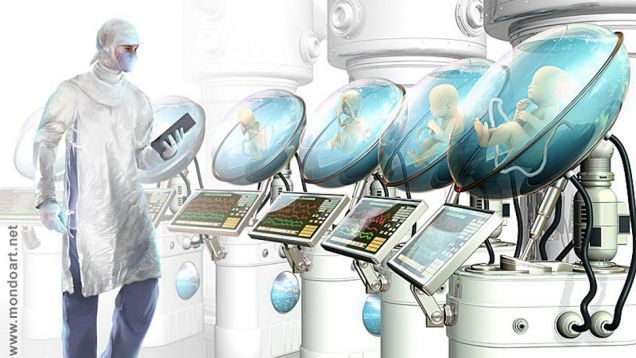
Haldane’s idea later became one of the inspirations for Aldous Huxley to write Brave New World in 1932, about a dystopian future world in which identical children are born from a super-large collective incubator in the heart of London.
Or a closer example is the 1999 Wachowski sisters’ Matrix, about a world controlled by artificial intelligence. In that world there were fields with millions of cocoon-shaped wombs. Immersed in it are people who have been locked up since childhood, in a virtual reality and never actually born.
In his vision, Haldane thinks that humans will master Ectogenesis by 2051. By 2070, up to 70% of babies will be born from artificial cocoons or wombs.
Artificial uterus for animals
Will humans be able to reach the milestone Haldane has set? That’s still a question scientists aren’t sure about.
But with animals, we have made certain strides. In 2017, two groups of scientists in the US, Australia and Japan successfully developed artificial wombs that can grow sheep fetuses.
These biological bags, called EVEs, contain a sterile fluid similar to amniotic fluid. EVE allows the fetus, here the sheep, to breathe through the umbilical cord and absorb nutrients naturally.

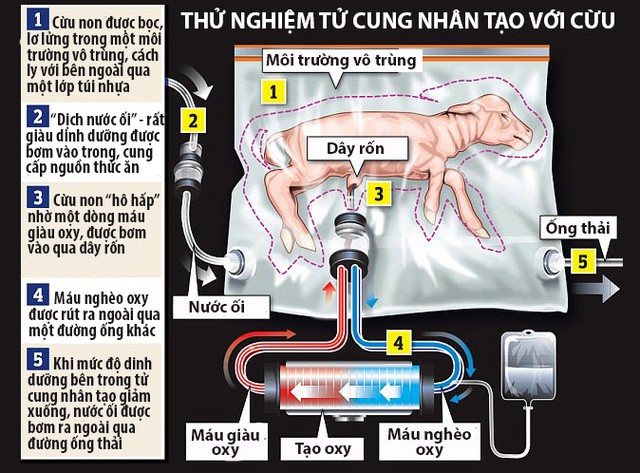
Five years later, a team of Japanese scientists say they’ve also developed an artificial uterus, this time for sharks.
Scientists at Churashima Research Center and Churaumi Aquarium, Okinawa have successfully raised two lantern shark fetuses, which develop to 5 months and are born out of these artificial wombs.
The slender-tailed lantern shark (Etmopterus molleri) is a species of small shark in the subclass Elasmobranchii. More than 80% of these fish species are listed as endangered in the Red List of the International Union for Conservation of Nature (IUNC).
The lantern shark itself is a species for which no population statistics are available. However, keeping this fish in an artificial womb also means that scientists will be able to grow other species of gill fish.
Therefore, this is certainly an important breakthrough, first for the conservation of marine wildlife, then with the technology of artificial womb development and Ectogenesis.
A mother shark died, leaving 6 embryos in her belly still alive
The story begins after a group of local fishermen on the island of Okinawa, Japan caught a lantern shark. When they got the fish on board, they kept it in a cold box containing seawater. Unfortunately, the fish died after 6 hours of journey back to land.
The fishermen knew this was a rare specimen, so they donated the body of the lantern shark to the Okinawa Churaumi Aquarium. Scientists here then ultrasounded the fish’s carcass.
They suddenly discovered this was a female shark and she was pregnant. In the womb, this lantern shark has up to 6 fetuses that are still alive after it dies.

Lantern sharks, like many other sharks, possess a special form of reproduction known as Ovoviviparity. In it, the fish is not actually pregnant, but only carries its own eggs. It still counts as a spawn, but the eggs will be kept in the mother’s body until they are ready to hatch.
This method of reproduction is different from childbirth in that the baby shark does not have any connection with the mother’s body. It is deprived of nutrients and gas exchange from the mother shark, has no connected placenta.
The shark embryo develops into a baby thanks to the nutrients it stores in the yolk sac. Even shark embryos eat each other in the womb to get nutrients for development.
This explains why even after the mother’s lantern shark died, the six embryos in its belly were still alive. The Japanese scientists were therefore determined to grow these embryos, with an artificial womb technology they were developing.
They selected the two most intact embryos, which had eaten other embryos in the mother’s belly, and placed them in an artificial uterus system. Each of these systems consists of three cylindrical chambers approximately 60 cm deep. In it, one chamber has a reserve function, one chamber is a filter system and one main chamber is where the shark embryos will be raised.
Each chamber was irrigated with an amniotic fluid-like “incubation fluid” at a steady rate of 10 liters per minute from the bottom up. Shark embryos were placed in two separate 500 ml plastic vials in the main chamber, and covered with a plastic mesh to facilitate free exchange of fluids.
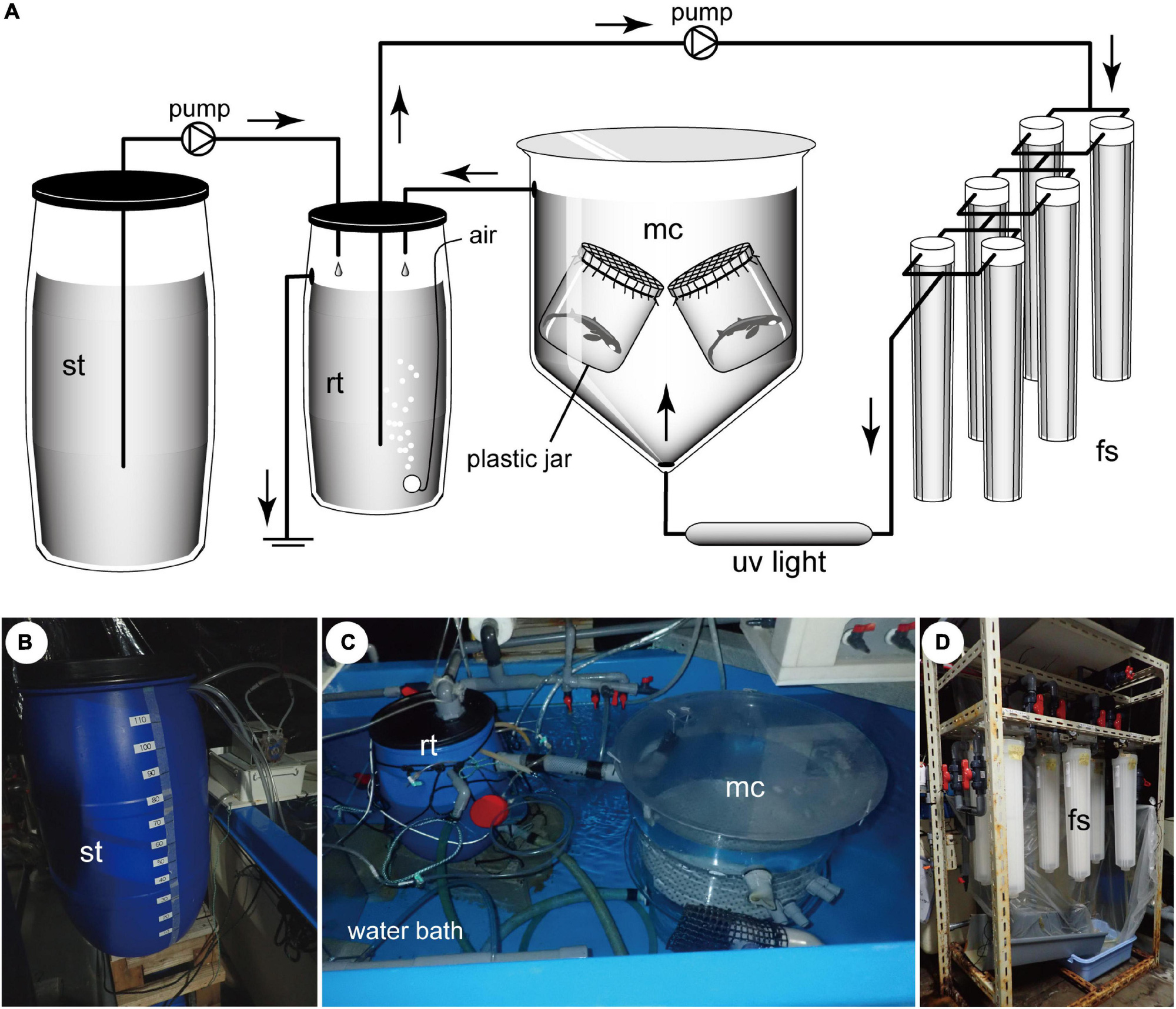
The entire system is maintained at 12 degrees Celsius and has an additional peripheral system that provides new incubation fluid continuously.
Talking about incubation liquid, or artificial uterine fluid, Japanese scientists mixed it with shark blood plasma, plus 100 liters of purified seawater, 46 liters of tap water and 3.5 kg of urea to achieve salinity and osmolality that most closely resemble the environment in the shark’s uterus.
A failure but still a breakthrough
Follow-up results showed that during the first month, the embryos of these two baby sharks remained completely motionless. This led scientists to initially suspect that they were dead.
However, by the second month, the shark embryos began to move in the artificial womb environment. They gradually grow and reach a length of 15 cm. On the 146th day, the Japanese scientists decided their No. 1 embryo should be “born”.
That’s when the embryo’s yolk sac has been drained, they will take this shark out of the artificial uterus, into an external seawater tank. Scientists define this as “activity”artificial birth“. Unfortunately, the number 1 shark did not adapt to the marine environment and died 4 days later.
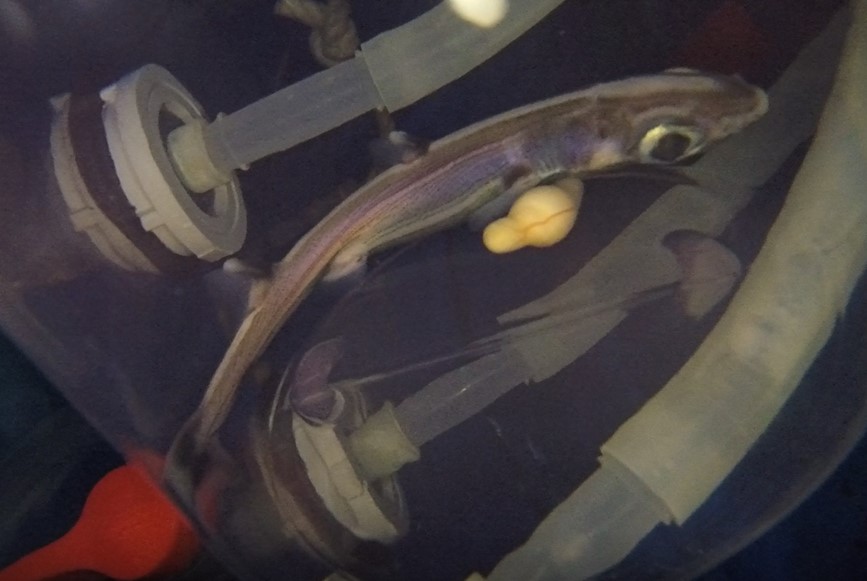
The shark while still in the artificial womb
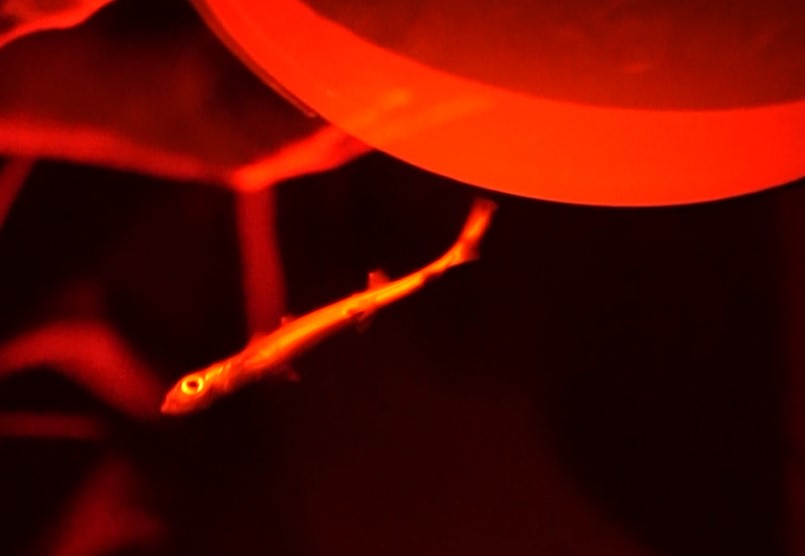
The moment of artificial birth of the lantern shark.
The second shark continued to be raised in the artificial uterus until day 160. It was born in the same form, but eventually died on the 25th day.
One progress with this shark, though, is that in its short life, it has eaten 2 meals, a 0.1 gram meal of shrimp meat on day 2 and a 0.15 meal. grams of mackerel meat at day 9 of age.
The scientists say their work was not really successful, but they have achieved the record of growing shark embryos in an artificial womb. The total lifespan of these two embryos is 150 and 184 days. In comparison, shark embryos will only live an average of 5-7 days in ordinary seawater.
This is also the record for live embryo culture of species in the subclass Elasmobranchii. Therefore, this technology can be applied to conservation units in the short term, when they want to raise embryos in breeding programs with a higher success rate.
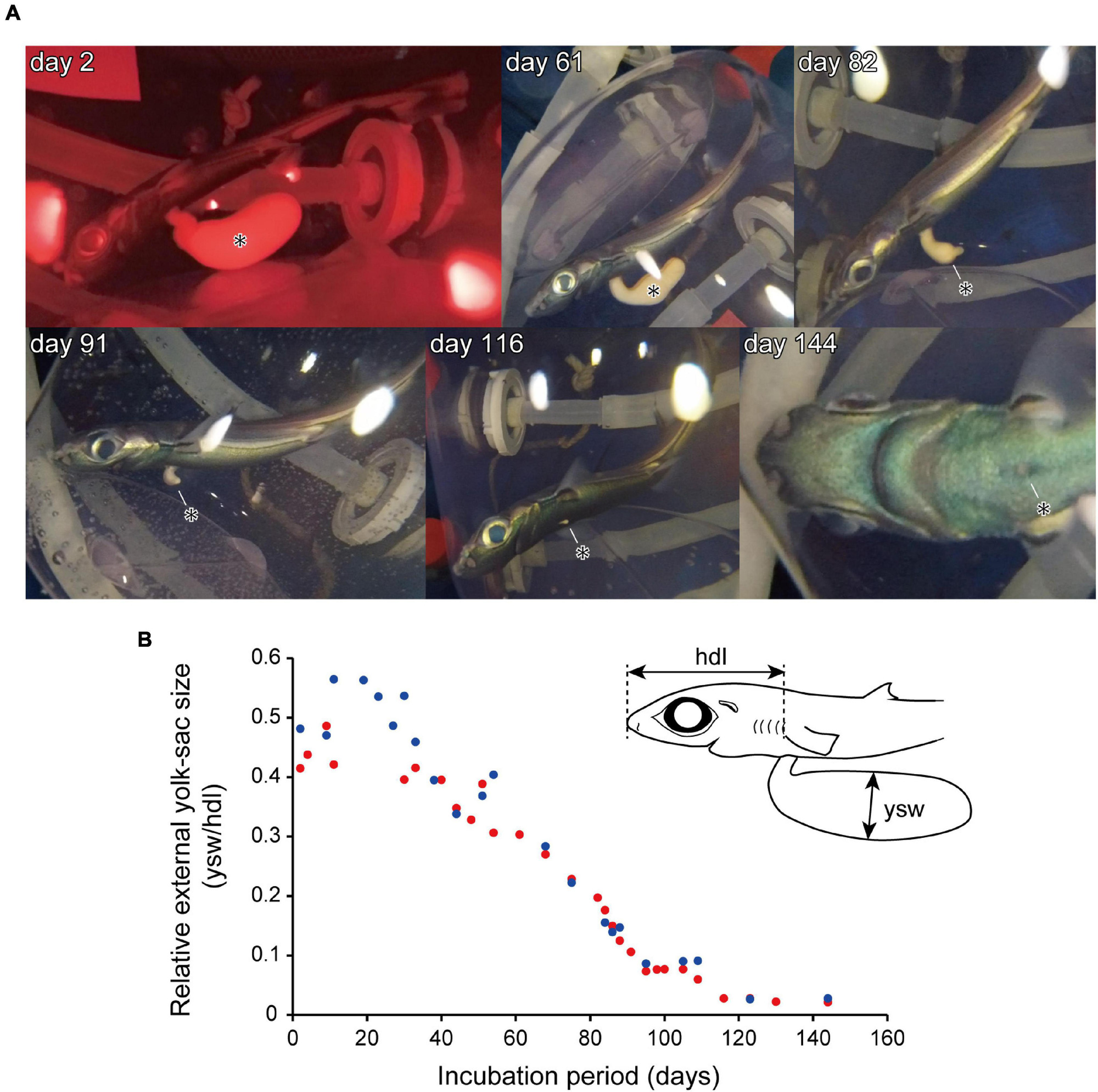
In the future, scientists still have to improve it, find out why the sharks born from their artificial womb environment cannot survive. Their initial assessment is that the marine environment after birth is not suitable.
“The remaining engineering challenge is how to safely acclimate the incubated specimens to the seawater environment after “artificial birth”. We tried to do this by exposing the specimens to seawater periodically before “artificial birth”, although this was ultimately unsuccessful.“, the team wrote.
However, we will still wait and see when Japanese scientists will improve this artificial uterus technology to perfection.
And we also wait and see if Haldane’s prediction comes true in 2051? At that time, we not only have artificial wombs for sharks, but also for humans?
Check out Frontiersin
